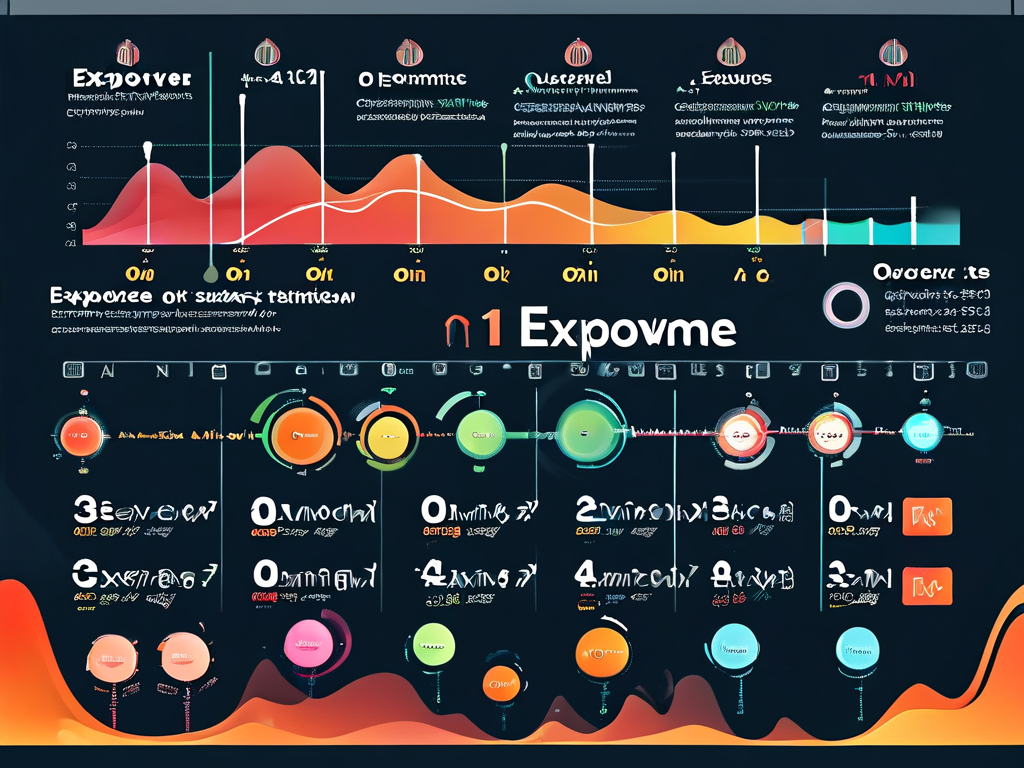In computer science, understanding time complexity is essential for evaluating algorithmic efficiency. Time complexity quantifies the amount of time an algorithm takes relative to the input size, often expressed using Big O notation. This article explores widely used time complexity classifications, their real-world applications, and strategies for optimizing algorithms.

Foundational Concepts
Time complexity measures how an algorithm’s execution time scales as input size ((n)) grows. Common classifications include:
- O(1): Constant time, where operations execute in a fixed duration regardless of input size. Examples include array index access or hash table lookups.
- O(log n): Logarithmic time, seen in binary search or balanced tree operations, where the problem size halves with each step.
- O(n): Linear time, typical in simple loops or linear search, where execution time grows proportionally with input size.
- O(n log n): Linearithmic time, common in efficient sorting algorithms like merge sort or quicksort.
- O(n²): Quadratic time, often arising in nested loops, such as bubble sort or matrix multiplication.
Practical Applications
-
Real-Time Systems
Algorithms with low time complexity (e.g., O(1) or O(log n)) are critical in real-time environments like autonomous vehicles or financial trading systems. For instance, sensor data processing requires immediate responses, making constant-time operations indispensable. -
Large-Scale Data Processing
Logarithmic or linear time algorithms dominate big data applications. Databases use B-trees (O(log n)) for indexing, enabling rapid query responses even with terabytes of data. Similarly, streaming platforms rely on linear-time algorithms to process user activity logs efficiently.
-
Machine Learning
Training machine learning models often involves polynomial-time algorithms. For example, gradient descent optimizes parameters in O(n²) time for small datasets but may require approximations like stochastic gradient descent (O(n)) for larger datasets to reduce computational overhead.
Optimization Techniques
Optimizing time complexity involves balancing speed with resource constraints. Key strategies include:
- Memoization: Storing intermediate results to avoid redundant calculations, often reducing recursive algorithms from exponential to polynomial time.
- Divide and Conquer: Splitting problems into subproblems (e.g., in merge sort) to achieve O(n log n) performance instead of O(n²).
- Heuristic Methods: Approximating solutions for NP-hard problems, such as using greedy algorithms for the traveling salesman problem.
Consider the following code snippet for a hash table lookup (O(1)):
def get_value(hash_table, key):
return hash_table.get(key, None)
In contrast, a nested loop structure exhibits O(n²) complexity:
def find_pairs(arr):
pairs = []
for i in range(len(arr)):
for j in range(i+1, len(arr)):
pairs.append((arr[i], arr[j]))
return pairs
Trade-offs and Limitations
While lower time complexity is desirable, practical implementation may require compromises. For example, quicksort (O(n log n) average case) has higher constant factors than insertion sort (O(n²)), making the latter faster for tiny datasets. Additionally, space complexity and hardware limitations influence real-world performance.
Time complexity remains a cornerstone of algorithm design, guiding developers in selecting appropriate solutions for specific problems. By analyzing trade-offs and applying optimization techniques, engineers can create scalable systems capable of handling growing data demands. Future advancements in quantum computing or parallel architectures may redefine traditional complexity paradigms, but the principles of efficient algorithmic design will endure.



